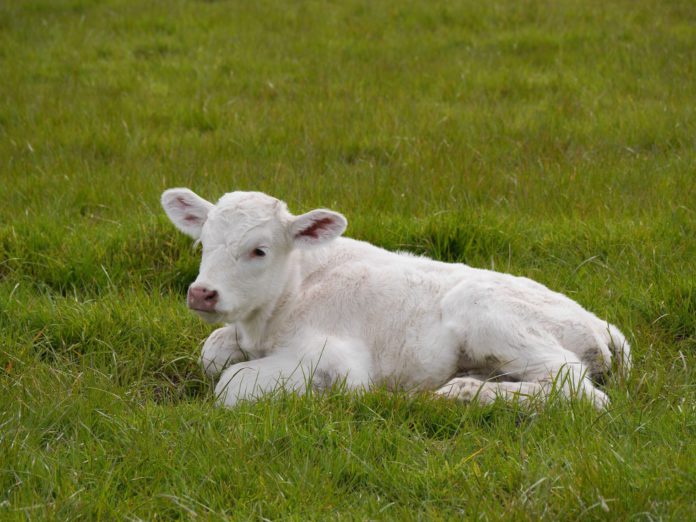Studies have shown that feeding in-calf cows and heifers late at night can reduce night calvings.
According to one study conducted by Teagasc, restricting silage feeding during the day resulted in a 9% less night calving rate than cows having full access to silage.
For this practice to be somewhat effective, the state agency stresses that it is important to have a routine – restrict and feed at same time intervals, allowing cows to have access to silage for 10 hours.
It advises farmers to practice this only 10-14 days pre-calving and to ensure the herd has adequate space, 0.6m/cow.
How to reduce night calvings
According to Teagasc beef specialist, Alan Dillon, feeding pregnant heifers and cows the majority of their daily ration as late as possible in the evening is increasingly becoming common practice in many suckler herds.
He says most farmers shut cows off from the feed trough in mid-afternoon and then put out the feed, to reduce night calvings.
On their last evening check, they allow the cows access to their feed, which results in the majority of the cows calving at around 6 o’clock the following morning.
“Cows quickly adapt to changes in their routine, particularly where feed is involved. Hence evening feeding only needs to start a week to 10 days before calving is due to start. This is a particularly good management tool.”
“Feeding times can be manipulated to coincide with cows calving at any time of the day almost. Part-time farmers may want cows calving later in the evening and at night-time when they are at home, so feeding can be arranged for early to mid-morning to facilitate this if required.”
Calving checklist
Dillion advises farmers to prepare a calving checklist to ensure they are ready for the season ahead.
Vaccinations, scanning results and basic equipment such as calving gloves, frozen colostrum, calving jack and ropes and iodine or chlorohexidine spray should be close at hand for the beginning of the calving season. You can assess a calving checklist that
Teagasc has prepared by clicking here.
Key points to remember as highlighted by Teagasc:
- Well-grown first-calvers are essential;
- Plan your calvings to minimise problems;
- Clean pens and housing to minimise disease;
- Observe all calvings, if possible;
- Intervene only when necessary;
- Use correct navel care routine.
For more beef-related content, click here.





